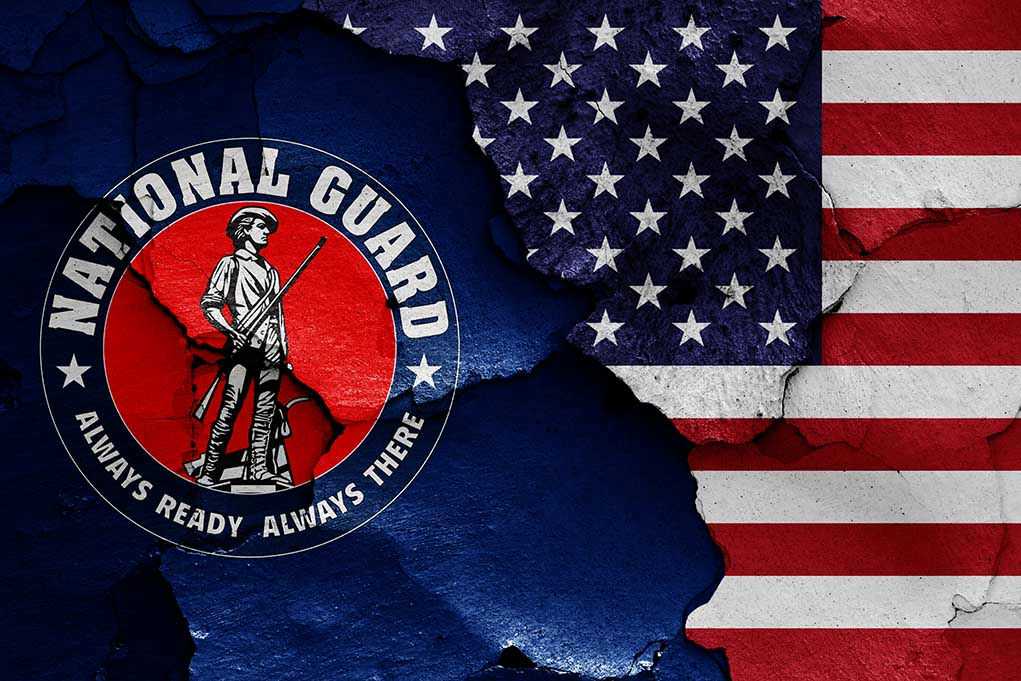
Congress is now reviewing a $2.4 billion National Guard Bureau wish list, and if you think it’s packed with priorities that reflect the real security needs of everyday Americans, you’re about to be entertained by the warped logic of Washington’s budget games.
At a Glance
- The National Guard Bureau submitted a $2.4 billion unfunded priorities list for FY26, focusing heavily on new fighter jets for the Air National Guard.
- Nine F-15EX and additional F-35A aircraft are sought to address long-standing modernization gaps between Guard units and the active-duty Air Force.
- Congressional appropriators will decide which items—if any—advance, continuing a decades-long tug-of-war over funding parity and readiness for the Guard.
- The debate is a microcosm of broader battles over defense spending, government priorities, and whether taxpayer dollars actually serve citizen needs.
Billions for Guard Modernization, Pennies for Common Sense
The National Guard Bureau (NGB) has once again rolled its $2.4 billion “unfunded priorities list” (UPL) up to Capitol Hill, hoping lawmakers can dig a little deeper into your wallet to keep America’s part-time citizen soldiers flying something newer than the Cold War relics they’re currently saddled with. The top ticket item? Nine F-15EX fighter jets, price tag: over $1 billion, with a side order of F-35A stealth fighters for the Air National Guard. Meanwhile, Congress—those famed stewards of fiscal sanity—will now deliberate whether to play Santa Claus or Scrooge with your hard-earned tax dollars.
The NGB’s annual UPL ritual dates back to the 1980s, when Congress had to create a separate pot of cash because the Pentagon’s main budget routinely left the Guard and Reserve scrounging for hand-me-downs. That tradition continues, with Guard units still waiting in line behind active-duty forces for modern aircraft, even as they’re tasked with defending the homeland and deploying overseas at record rates. This year’s list, submitted in June 2025, is a familiar story: “We need new planes, we need them now, and the regular budget just isn’t enough.” If you’re wondering why the Pentagon can’t manage to buy enough jets for everyone with its $850+ billion annual budget, welcome to the club.
Congress Holds the Purse Strings—And the Drama
Inside the marble halls of Congress, appropriators now get to decide which Guard priorities make the cut. In recent years, lawmakers have carved out special sections of the defense budget to address these “unfunded” Guard needs, but the process is as unpredictable as a D.C. weather forecast. Sometimes the Guard gets a few jets, sometimes it gets facility upgrades, sometimes it gets a polite letter explaining why there’s just not enough money—after all, there are always more urgent priorities, like diversity training seminars or border security theater.
This year, the stakes are higher than ever. The Air National Guard argues that without modern fighters, it can’t keep up with active-duty units or the growing threats from adversaries who, shockingly, aren’t flying 40-year-old museum pieces. Defense industry giants like Boeing and Lockheed Martin are, of course, intensely interested in how this shakes out, as are local economies that rely on Guard bases for jobs and spending. For the men and women wearing the uniform, it’s about being able to do the job and come home in one piece.
Who Benefits—and Who Gets Left Behind?
If Congress funds the request, the Air National Guard will finally get a shot at something approaching parity with their active-duty counterparts. That means improved readiness, better morale, and a fighting chance if they’re ever called into the real shooting war. There’s also a tidy economic boost for the communities that host these units and the contractors who build the planes. But let’s not pretend this is just about jets. The larger issue is the chronic underfunding and neglect of the Guard—a problem that only gets attention when there’s a disaster or crisis.
Meanwhile, the rest of the country watches as billions fly out the door for fighter jets while basic border security struggles to get the same kind of urgent attention. If you’re frustrated that illegal immigration remains a festering wound and inflation eats away at your paycheck, you’re not alone. Washington’s priorities have a knack for missing the forest for the trees, and this debate is a prime example. The Guard’s modernization is important, but so is remembering who’s supposed to benefit from all this spending: the American people, not just defense contractors and beltway insiders.











